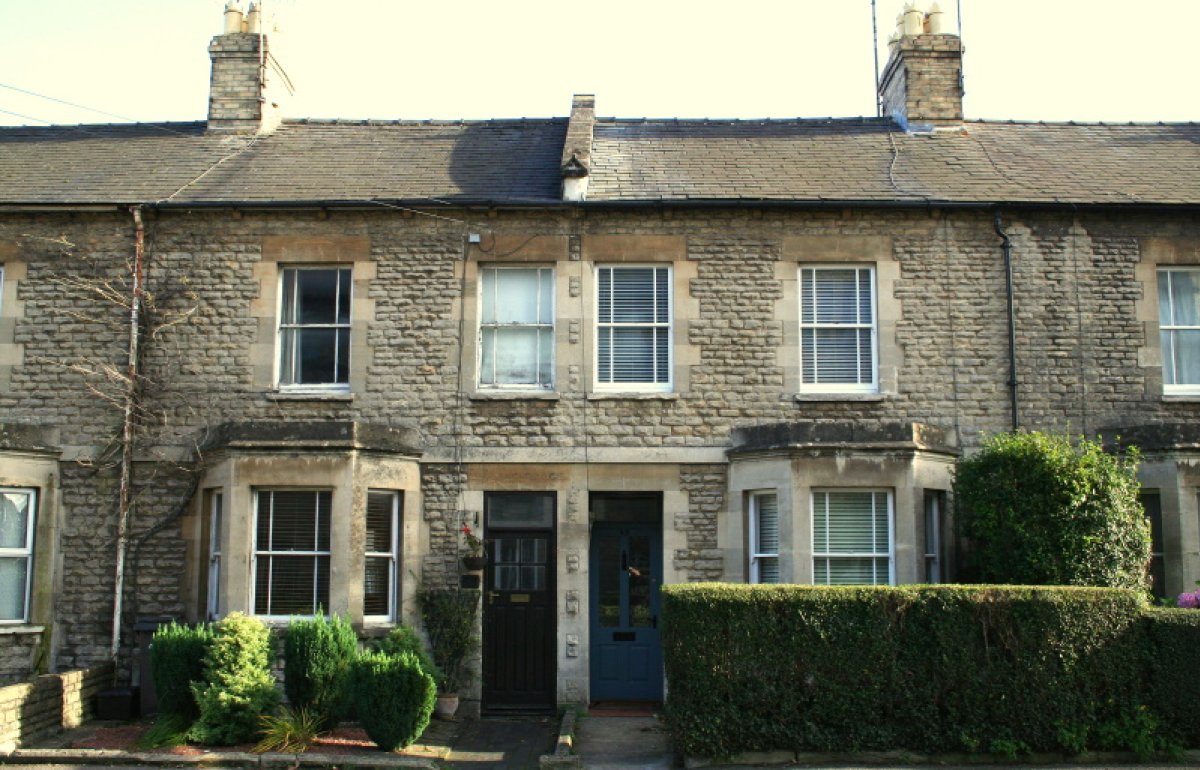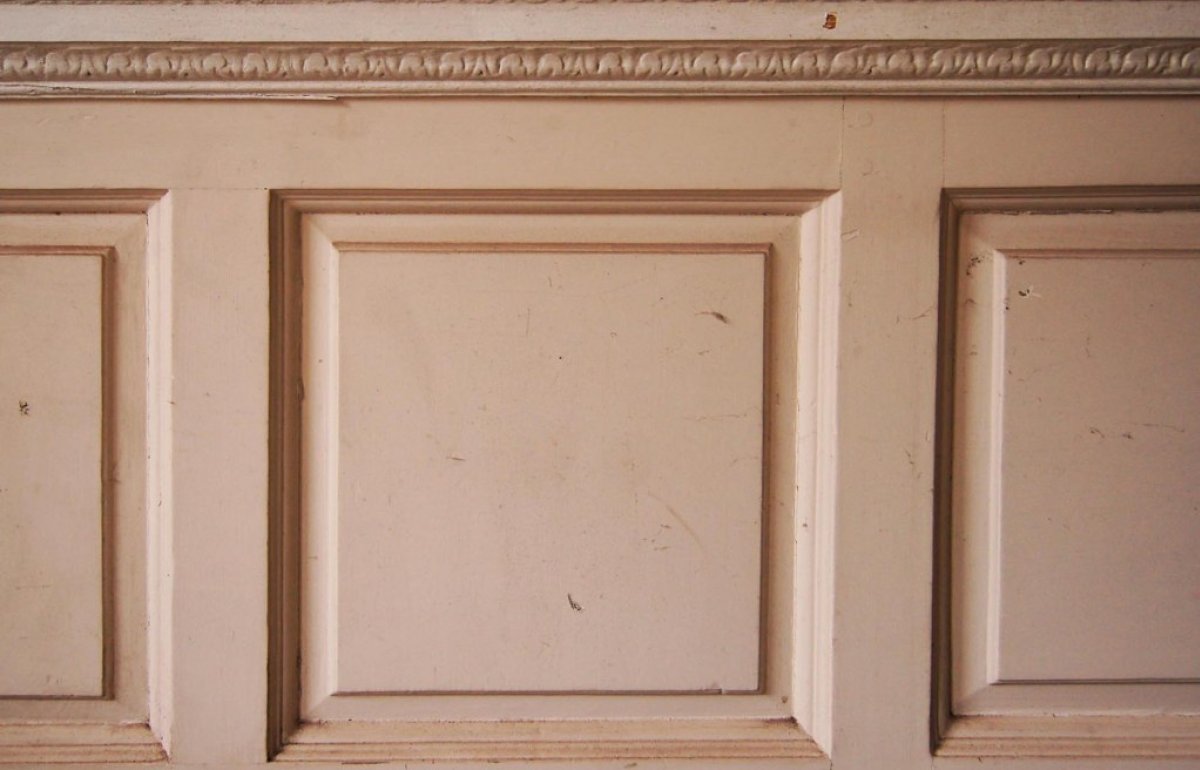Inappropriate cement pointing
The type of mortar that someone proposes for repointing joints in the walls of an old building is a good test of whether they should be working on such buildings at all. Douglas Kent, the SPAB Technical and Research Director, explains why - and what you do if an inappropriate cement mortar has been used.
Why is hard cement pointing inappropriate for an old building?
The use of Portland cement for repointing the joints of old (pre-c1919) walls can disfigure and hasten their decay. Whereas modern (post-1919) buildings rely on such materials to seal walls and exclude moisture, the permeable lime mortars widely used for older walls allowed them to ‘breathe’ – the ‘raincoat’ versus ‘overcoat’ effect. In some cases, lime mortar pointing weathers back to the stage repointing is needed but if this is done with impervious cement (a common mistake), erosion of the bricks and stones themselves occurs in preference as they become the most permeable part of the wall and suffer the greatest frost and salt action.
Dense, cement-rich mortars also develop hairline cracks from shrinkage or, with old buildings on shallow foundations, minor structural movement. Lime mortar better accommodates movement and, because it is ‘autogenous’, any minor cracks that do develop will self-heal. Remember too that modern forms of joint finish associated with cement can form ledges, trapping water.
How do I tell whether inappropriate cement pointing has been used?
A very hard, smooth and dull grey mortar typically indicates an unsuitable mix rich in ordinary Portland cement, as opposed to the weaker, more open-textured and lighter coloured mortar bound with lime that is compatible with old masonry. Furthermore, the latter may contain impurities, such as chalk, from the lime-burning process. Featheredging along margins is characteristic of cement, as is a weather-struck (angled), bucket-handle (concave) or ribbon pointed (protruding) joint finish. Weathering characteristics differ as well. Unlike lime-based pointing that gradually erodes back, cementitious mortar cracks and drops out in short sections, or is left standing proud of decayed bricks or stones.
If my building pre-dates c1919, should all inappropriate cement pointing be removed?
Not necessarily. Although remedial action should ideally involve removal, this may cause further damage to the fabric. A small area should therefore be removed as a trial and a pragmatic approach adopted.
Where the pointing adheres well, it is probably best to leave it to age naturally, especially if, fortuitously, problems such as dampness have not ensued. Sometimes a compromise may be possible, perhaps just by removing selected areas where localised deterioration has occurred and patch pointing with a more suitable mix. Weathering over time often breaks the bond of the remaining cementitious material, so patience can be rewarded.
What is the best method of removing inappropriate cement mortar?
Hard pointing can possibly be cut out with hand tools, such as chisels or quirks and a light club hammer. The use of a hammer and bolster is not recommended. An alternative technique involves the use of a handsaw, particularly for fine joints. Cutting discs, reciprocating blades and air tools with adapted masonry carving chisels can be helpful in removing detrimental cement mortar, but they must be properly used, and only entrusted to highly experienced operatives. Incorrectly used, power tools can cause untold damage to stone or brick surfaces. Regardless of the technique, the importance of trials cannot be overemphasised, and great care must be exercised to avoid damage to the edges, or ‘arrises’, of bricks and stones.
What should I use to replace inappropriate cement pointing?
Generally, a weaker and more permeable lime mortar that matches the colour, texture and profile of any surviving lime pointing. Where there is none, and it is necessary to design a new mortar, this must be weaker than the bricks or blocks and take into account site exposure. Recently, cement has been added to modify lime mortars but this is discouraged now that a wider range of limes is obtainable. If in doubt about the joint profile, a flush or nearly flush finish is usually sympathetic or there may be local vernacular precedents to follow. It is important that work is undertaken by someone familiar with lime-based materials. The SPAB may be able to advise on suitable contractors or courses.
In exceptional cases, where the arrises of brickwork have been significantly damaged, it may be appropriate to introduce the specialist technique known as ‘tuck pointing’ to replicate the original appearance of the masonry by giving the impression of finer joints.
English Heritage (2011) Mortars, Plasters and Renders, Practical Building Conservation, Farnham: Ashgate Publishing Ltd


